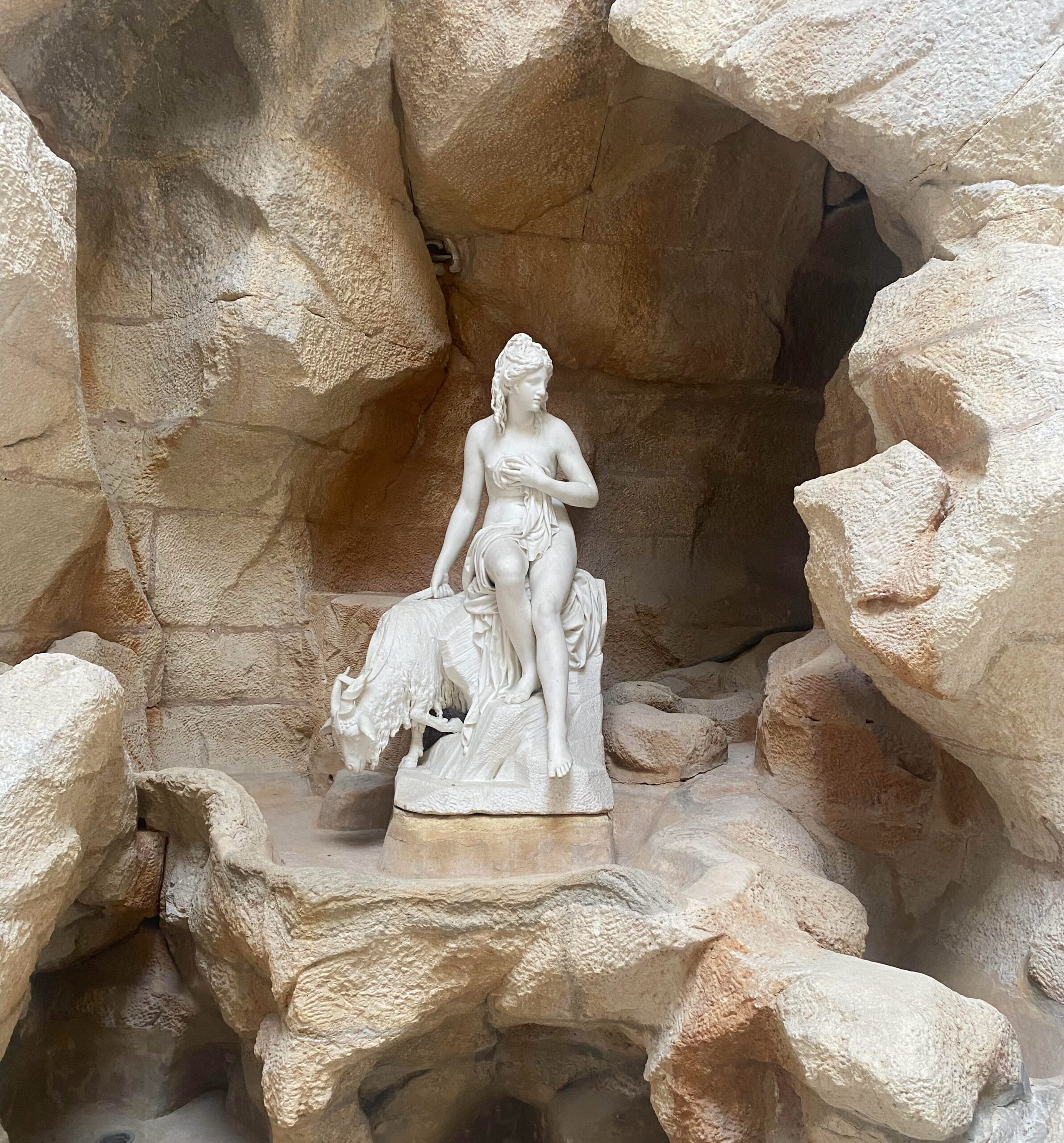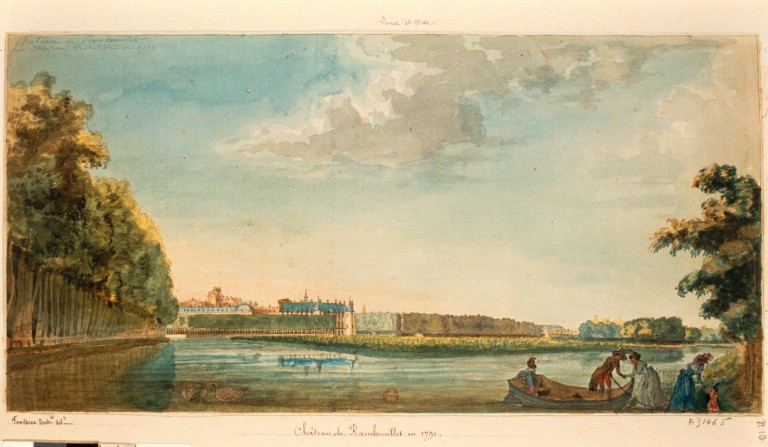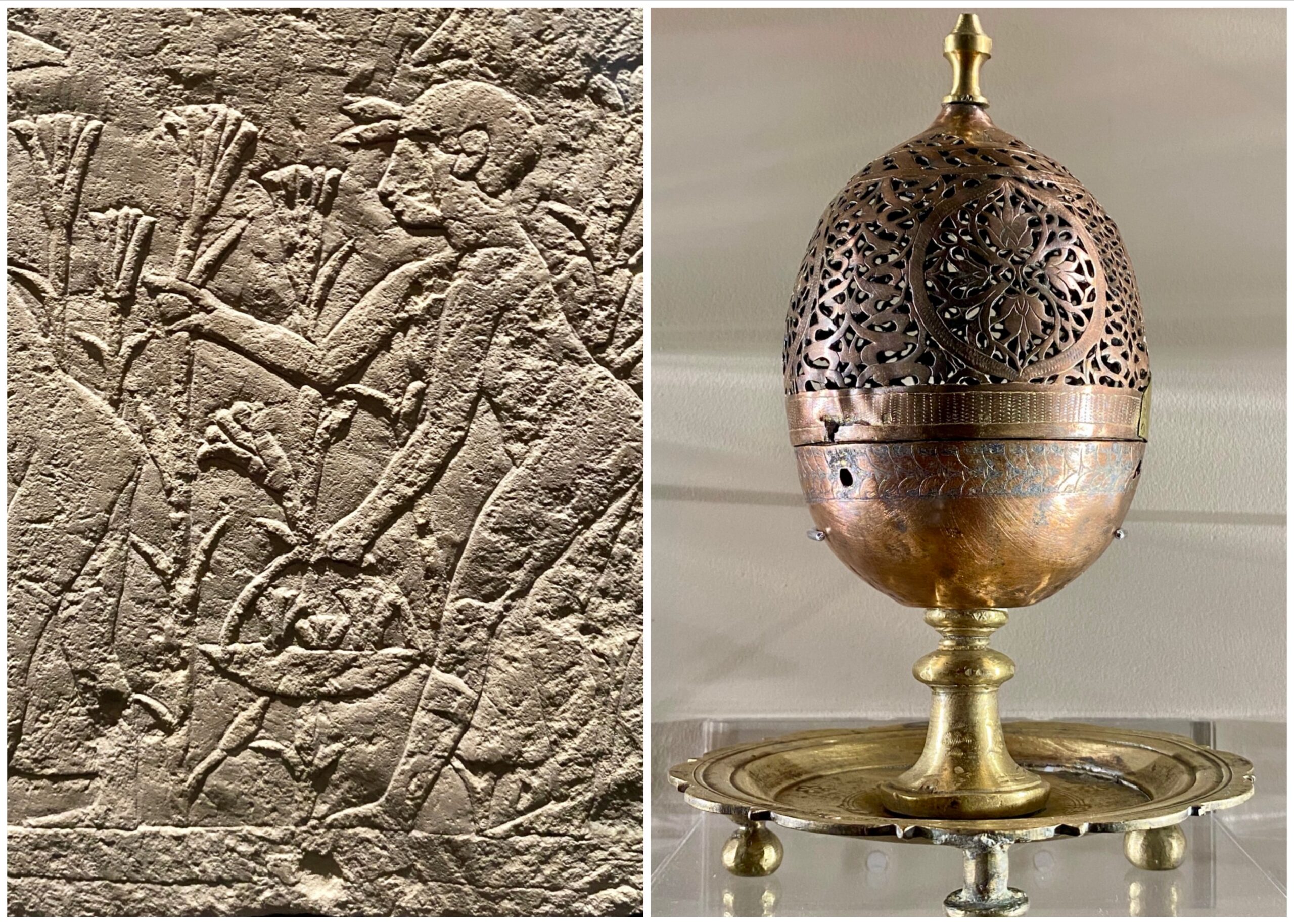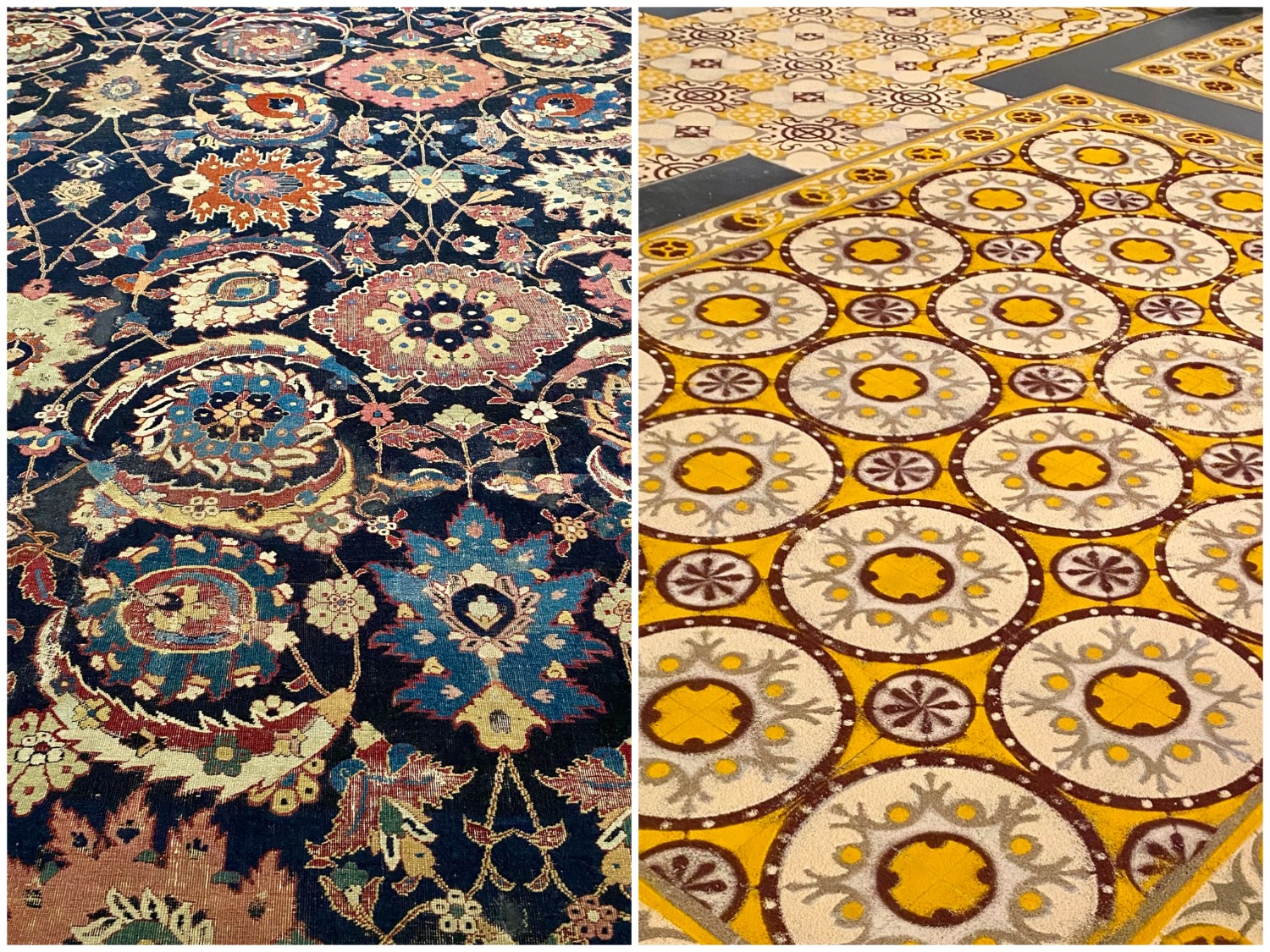Surprising Story: Marie-Antoinette’s Dairy at Rambouillet

While Queen Marie-Antoinette’s influence on the gardens of Versailles is well known, particularly with regard to her so called English garden and ornamental farm, few tourists are aware of the fascinating legacy she left in the gardens of the Château de Rambouillet. In Part II of our Surprising Story feature on Rambouillet, we trace the roots of the Queen’s interest in gardens and see how her experience at Versailles led her to add an element of beauty to a place she was poorly fond of. Read more




